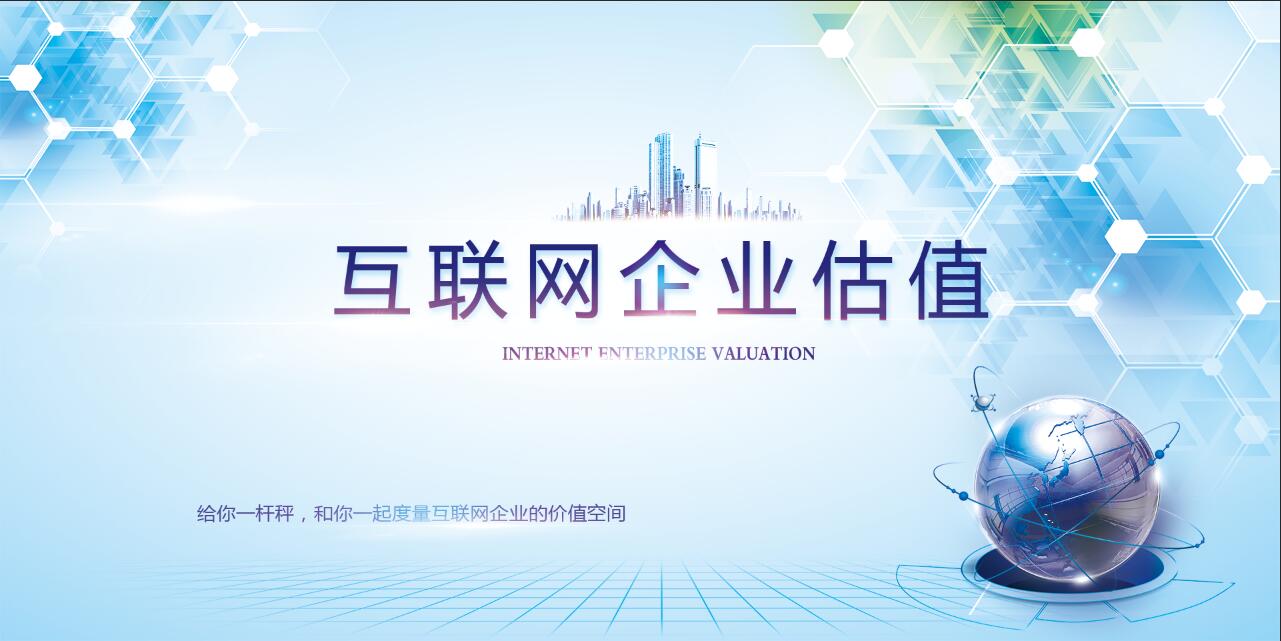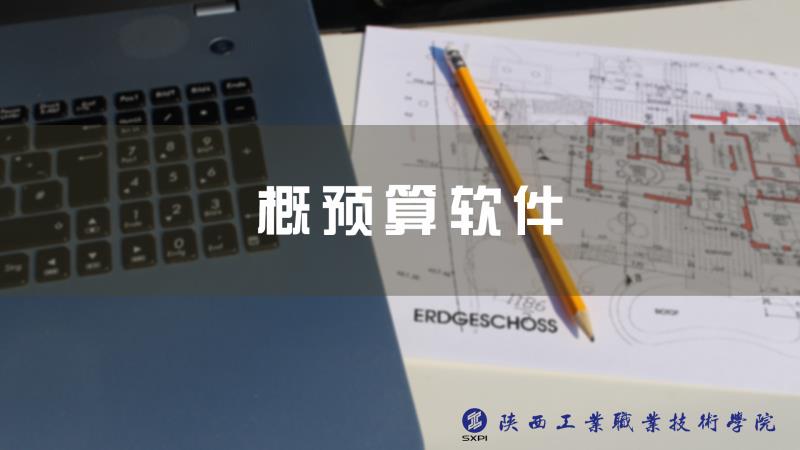
当前课程知识点:互联网企业估值 > 第五章 独角兽企业估值专题分析 > 5.6中国独角兽企业回归及估值问题 > Video
介绍完了独角兽企业估值的难点问题和方法问题之后
After introducing the difficult problem and method problem of unicorn enterprise valuation
我们来介绍一下中国资本市场的热点问题
Let's talk about thatLet's talk about that hot issues in China's capital market
就是中国独角兽企业的回归和它估值问题的探讨
Is the return of Chinese unicorn enterprises and its valuation of the discussion
这两个板块第一个对概况做一个介绍
The two sections are the first to give an overview,
第二个对这个估值当中的一些问题做一个简要的探讨
and the second to give a brief discussion on some of the issues in this valuation
首先要阐明的是这个讨论只是一个探讨
The first thing to clarify is that this discussion is just a discussion
首先第一点是这个中国独角兽企业的回归的概况,先讲背景
The first point is an overview of the return of the Chinese unicorn
为什么在过去两年我们开始讨论中国独角兽企业的回归的问题?
Why we started talking about the so-called return of Chinese unicorns in the last two years
是因为我们看到的在过去的互联网行业发展中有大量的具有创新性颠覆性
Because of the fact that we're seeing a lot of innovation in the past in the Internet industry
并且增长速度很快,最后而且市值很大的公司
And the growth rate is very fast, and finally the company with large market value
并没有在中国的A股市场上上市
But,enterprises like that are not listed on the of China
它并没有在中国的资本市场上融到资
It has not raised money in China's capital markets
某种意义上是因为我们本身的资本市场
In part because of our own capital markets
我们的A股它的上市制度存在一定的缺陷
Our a-share market its appear on the market system has certain flaw
也就是我们现有的上市审批制度
Namely our existing listing approval system
并不认可这样具有高成长性高不确定性的创业型公司
Such entrepreneurial companies with high growth and high uncertainty are not recognized
因此针对这样的上市公司制度缺陷的这样一个改革和变革的需求
Therefore, it is necessary to reform and reform the system of such listed companies
我们就启动了,我们监管当局就启动了
We started, and our regulators started
说中国独角兽企业能否回归A股市场上市
whether Chinese unicorns can return to the a-share market
能否回归中国资本市场的这样一个阶段
can return to such a stage of Chinese capital market
另一个角度来讲
Another way to think about it
这也符合我们国家目前发展所需的经济新阶段的战略方向指引
This is also in line with the strategic direction of the new stage of our country's current development
就是今天我们要求回归这些企业
Today we are asking for a return to these businesses
他们某种意义上都是代表了未来中国的产业发展方向的企业
In a sense, they are all enterprises that represent the industrial development direction of China in the future
他们需要有一个我们讲的这样企业的回归
They need our talking about company's returns
来夯实我们国内的产业发展基础
To consolidate our domestic industrial development foundation
因此这样的回归从整体上符合我们中国经济发展新阶段的产业方向
Therefore, such a return is also in line with the industrial direction of the new stage of China's economic development
那么目前的回归主要采取三种方式
So there are three main ways to get back
第一种是就是发行所谓的中国存托凭证,就是CPI
The first is the issuance of so-called Chinese depositary receipts known as CPI
第二种就是境外退市,境内上市
The second is delisting and listing abroad
第三种就直接A股上市
The third is direct A - share listing
那些会去发行所谓的中国存托凭证
Those are going to issue so-called Chinese depositary receipts
就比如说已经在国外上市的
Such as those already listed abroad
影响很大、相对成熟的公司
Influential, relatively mature companies
比如说阿里在纽交所上市,腾讯在港交所上市
Alibaba is listed on the New York stock exchange and tencent is listed on the Hong Kong stock exchange
这样大体量的公司,如果要从纽交所退市
Such a large volume of companies, if the nyse to withdraw from the market
或者从港交所上退市,都会带来很大的影响
Or delisting from the Hong Kong exchange would have a big impact
因此另外一个折中的方法就是采取发行cd R的方法
So another compromise is to take the CD release method
也创造一个金融产品
And create a financial product
能够使国内的投资者能够通过投资这个金融产品
To enable domestic investors to invest in this financial product
进而转化为投资阿里和腾讯的股权
That translates into stakes in alibaba and tencen
获得相应的成长收益
Gain corresponding growth benefits
这是以发行C2为方法的第一个对象
This is the first object to publish C2 as a method
第二个就境外退市,境内上市
The second is delisting abroad and listing in China
非常多的美国公司在过去几年就在运作
A lot of American companies have been operating in the last few years
怎么样从美股退市,私有化之后重新在A股上市的问题
How to delist from the United States stock market, after privatizing the issue of A shares listed again
前段时间在资本市场上上市的药明康德
A short time ago on the capital market listed on the drug of Kant
他就是从美股退市之后在中国重新上市
He was delisted from the U.S. stock market and relisted in China
第三类就是还没有上市,但已经获得了很多外部融资
The third category is not listed yet, but a lot of external financing has been obtained
而且这个估值已经超过10亿美元
And that valuation has exceeded $1 billion
那么他不会考虑直接登陆A股市场
Then he won't consider going directly to the a-share market
按目前统计数据来讲这样的企业大概10亿美元以上的没有上市的
According to the current statistics, such enterprises are not listed for more than $1 billion
可能在这个境内外上市的独角兽公司
A unicorn company that may be listed in or out of the country
就比如像滴滴或者蚂蚁金服这样的公司
Like didi or ant financial
那么介绍概况之后
So after the overview
我们来讨论一下中国多少受企业回归和估值问题
Let's talk about how much China suffers from corporate regression and valuation issues
我认为有以下几个问题是值得去讨论的
I think the following questions are worth discussing
第一个就是为什么有些企业宁愿从美股退市回A股上市呢
The first is why some companies would rather be delisted from the us and back to a-share listings
某种意义上是因为美股也好,港股也好,A股也好
In A sense because the United States or shares, Hong Kong or A shares
他们对于企业价值判断的估值逻辑是存在差异性的
Their valuation logic for enterprise value judgment is different
我们都知道明显的在A股上市的公司
We all know the obvious a-share listed companies
它享受较高的市盈率,因此很多在美股上市的公司
It enjoys a high price-to-earnings ratio, so many companies are listed in the U.S.
它本身能够融到这个资本额受到美股本身市盈率估值逻辑的影响
The amount of capital it is able to incorporate is influenced by the logic of the valuation of U.S. stocks' own price-to-earnings ratios
他们认为增长空间不大,这也使得他们有动力回A股上市
Then they think there is little room for growth, which gives them an incentive to return to a-share listings
进而获取由于资本市场估值逻辑不同所导致的所谓的高市盈率的回报
And then get the return of the so-called high p/e ratio caused by the different valuation logic of the capital market
这打一个问题就是
There's a problem with that
那么这些公司回归A股究竟是为了夯实中国的经济发展新阶段的基础呢
So these companies return to A shares in order to really strengthen China's so-called new phase of economic development
还是存在一定的炒作和泡沫?
Or is there a certain amount of hype and froth?
我们前面所谈的药明康德
We talked earlier about wuxi
如果你看它在中国A股上市之后这个价格的变化
If you look at the price change after the a-share listing in China
你会发现波动性很大,存在着明显的炒作的效应和现象
You will find a lot of volatility, there are obvious hype effects and phenomena
第二个.如果不是退市上市途径的公司是以CD R的方式回归的
Second. Companies that are not delisting are returning in the form of CD R
公司存在什么问题
What's wrong with the company
就今天我们投资CPI我们并不是直接买卖这个公司的股权或者股票
So for today's CPI we're not directly buying or selling equity in this company
那么CPI的流动性跟直接的股票的流动性是有存在一定的差距的。
Therefore, there is a certain gap between the liquidity of CPI and the liquidity of direct stocks.
那么这样的流动性差距和流动性缺陷
So this liquidity gap and liquidity deficiency
就使得我们对于这些以C啊方式回归的境外上市公司
And that's what makes us think about these foreign listed companies that come back in the form of C
它的股权的定价存在着双重性
The pricing of its shares has a dual nature
它的交易的方式也存在着双重性
There is also a duality to the way it trades
这样的双重性的存在会带来公平问题会带来这个信息滞后的问题
The existence of this duality creates the problem of fairness and creates the problem of information lag
会带来交易成本上升的问题
That raises the question of transaction costs
第三个就是虽然我们从去年开始就开始讨论说中国爱国市场
The third is that although we have been talking about the Chinese patriotic market since last year
但你没看到最近上市的两家公司
But you don't see two companies that have recently gone public
包括小米也好,包括这个拼多多也好
Include millet, include this to fight well also
他们并没有选择在国内的A股市场上市
They did not choose to list on the domestic a-share market
为什么呢?某种意义上是因为我们现在的这个监管
Why?In a sense because of this regulation that we have now
我们对于上市资格的审核要求
Our audit requirements for listing qualifications
还没有办法满足这样的高成长高不确定性的公司进入资本市场的要求
There is no way to meet the capital market entry requirements of such high-growth and highly uncertain companies
换句话来说
In other words
美国的纽交所能够容纳拼多的上市纳斯达克
America's New York stock exchange is capable of hosting the much-vaunted nasdaq
能够容纳拼多多上市
Can accommodate many listing
香港能够容纳小米上市
Hong Kong can accommodate xiaomi's launch
为什么A股市场不能容让他们上市
Why can't the a-share market allow them to go public
为什么在监管要求上会出现差异
Why are there differences in regulatory requirements
他们来用能用一种比较宽松的比较比较容纳的方式接受这样的企业登陆
They have come to accept such ventures in a more accommodative way
而我们国内的监管机构也好,我们的资本市场的制度环境也好
And our domestic regulators are as good as the institutional environment of our capital markets
没有办法允许这样真正具有所谓成长性的具有不确定性的独角兽公司
There is no way to allow such nondeterministic inefficiencies and firms that are truly growing
成功的登陆资本市场,这也是重要的问题
Successful landing capital market, this is also an important issue
最后一个,因为中国独角兽企业的这个回归问题
Finally, because of this return of Chinese unicorns
实际上呢是一个政策导向问题
Actually, it's a policy-oriented question
那么哪些企业符合政策要求?
So which enterprises meet the policy requirements?
对于这些独角兽企业的筛选标准,是不是能够真实的
The criteria for such unicorns are not real
反映经济创新的方向,还是说有些企业能够找到这样的指标
Reflecting the direction of economic innovation, or some companies can find such indicators
才让机会获取政策稳定?实际上你并不能把它认为是所谓的独角兽企业
To give opportunity for policy stability?You can't actually think of it as a so-called unicorn enterprise
-开篇:课程团队介绍
--Video
-1.1理解互联网时代
--Video
--Video
-1.2识别互联网企业
--Video
-1.3中外互联网企业估值的比较
--Video
-1.4阿里巴巴IPO估值
--Video
-1.5谷歌公司IPO估值
--Video
-1.6互联网企业估值的新问题
--Video
-习题--作业
-2.1互联网企业的本质特征
--Video
-2.2互联网企业的估值原理
--Video
-2.3互联网企业的生命周期
--Video
-2.4互联网企业的价值源泉
--Video
-习题--作业
-3.1企业价值评估的一般方法
--Video
-3.2相对估值法:市场比较法
--Video
-3.3.1绝对估值法:预期现金流折现法
--Video
-3.3.2公式的给出收益额与收益期限的求解
--Video
-3.3.3折现率的选取
--Video
-3.4蒙特卡洛仿真模拟
--Video
-3.5 B-S期权定价法
--Video
-3.6 Fama-French三因子模型
--Video
-3.7 企业价值评估方法的注意事项
--Video
-习题--作业
-4.1互联网企业的分类
--Video
--Video
-4.2互联网企业估值典型案例一
--Video
-4.3互联网企业估值典型案例二
--Video
-4.4互联网企业估值典型案例三
--Video
-4.5互联网企业估值的方法选择
--Video
-习题--作业
-5.1独角兽企业的分类和分布
--Video
-5.2独角兽企业估值的难点一
--Video
-5.3独角兽企业估值的难点二
--Video
-5.4独角兽企业估值方法
--Video
-5.5.1成长期估值
--Video
-5.5.2成熟期估值
--Video
-5.6中国独角兽企业回归及估值问题
--Video
-习题--作业
-6.1.1创业股东价值演变与评估(一)
--Video
-6.1.2创业股东价值演变与评估(二)
--Video
-6.2.1企业内在价值与定期重估(一)
--Video
-6.2.2企业内在价值与定期重估(二)
--Video
-6.3创业板无形资产评价指数
--Video
-6.4创业板互联网板块的简评
--Video
-习题--作业
-习题--作业



